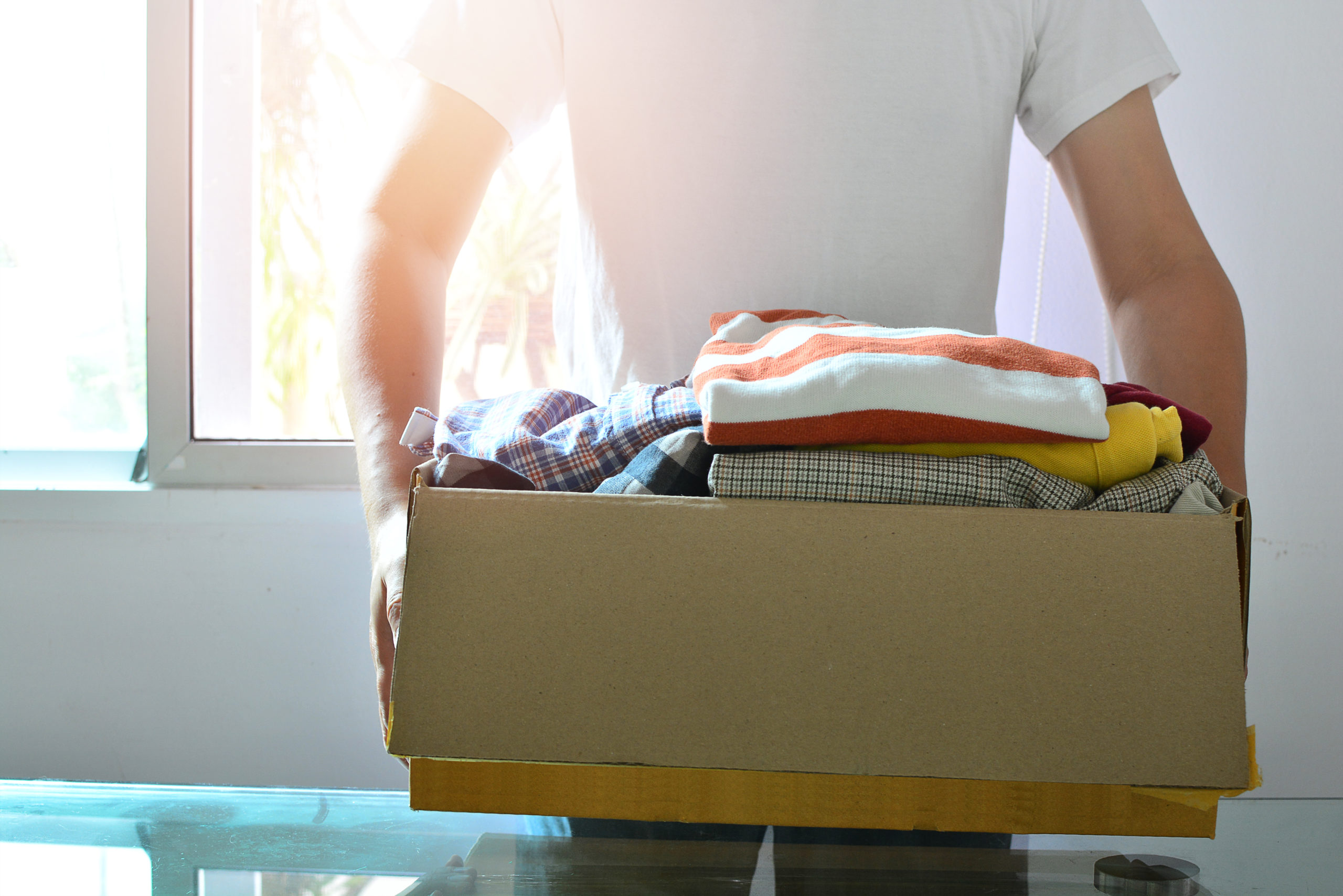When putting your house on the market for resale, it’s not enough to dust, vacuum, tidy, and run the mop over the floors. You’re going to need to do a thorough deep clean starting at the top and ending up in the basement and garage. You will also need to declutter your house, and you should begin that process a couple of weeks before the deep cleaning starts in earnest.
The fast way to declutter is to just rent a dumpster. But it’s not environmentally friendly, and it’s a shame to let perfectly good stuff go to the dump when someone could use it. Here are some tips on how to approach house decluttering in a sustainable way.
Start with E-waste
Gather every electronic device, cord, monitor, television, tablet, printer, used printer cartridge and gaming console in the house, and test everything you’ve got. Make two piles of potential discards: the ones that still work can be donated to local thrift or charity shops or given away on freecycle sites. The broken devices will need to be disposed of in an environmentally friendly way. Your local library or city hall should be able to let you know where you can dispose of e-waste so it doesn’t clog landfills and leach toxic materials into the ground.
Move on to Sporting Equipment
Most communities have annual sporting goods trade-in events. If you have perfectly good skis, skates, and sleds you no longer use or that you’ve already replaced, now is the time to let the sentimental “keeps” go. That goes for camping equipment too. If you can’t find a sporting goods store that takes trade-ins, donate to a local boys and girls club or to a thrift store.
Tackle Closets and Dressers
There are lots of different ways to handle weeding out your wardrobe. Some advocate getting rid of any clothing you haven’t worn in the last year. A better approach is to empty out the closet, put back the clothes you wear on a regular basis, and actually try on the clothes you haven’t worn in a while. Anything that doesn’t fit, doesn’t flatter, is in disrepair, or is so hideously dated, can be discarded.
If you’re planning to have a yard sale, once you’ve gathered all your clutter in one place, you could have a clothing rack as part of the sale. Just don’t expect to get much for old clothing; it’s rare for anything but coats to sell for more than $5 at a yard sale. It’s probably better to just donate to a thrift store or, depending on the items, to a charity that helps the unemployed trying to get back into the workforce by outfitting them with interview clothes.
Focus on the Arts
During one of your decluttering sessions, take a look at your entire collection of books, DVDs, CDs, and albums. A good rule of thumb with books is to only keep the ones you plan to reread (unless they’re reference books, of course) and the ones that will be hard to replace. Are you really likely to reread The Scarlet Letter? If not, get rid of it. It’s not likely to go out of print any time soon. And if it doesn’t, every library in the country has a copy of it.
You can donate books to thrift stores, sell them to used bookstores, or, in some cases, donate them to your local library for resale. They’ll use the funds to buy more books and you’ll have space on your shelves again.
Part of the decluttering process has to include re-evaluating your framed photos and artwork. Plan to pack away and store the more personal and edgy items while your home is on the market, and consider digitizing old family photos if you don’t already have albums organized. If someone else in your family has taken on the role of family historian, now might be the time to pass on the archival photos to someone who will actually do something with them rather than just leave them in a box that’s only looked at when you move.
Tackle the Kitchen
Clear off all your counters and the tabletop and start at the top cupboard. Take everything out and only replace the items that work or are in good condition. Now is the time to get rid of mugs with chips, toasters with burnt-out elements, pots without lids, and electric can openers you never use. This is also the time to stop being sentimental about things you’ve been given but have never liked. Someone else may consider them a treasure, but if they’ve been hidden away in your top cupboard for a decade, you don’t need them.


